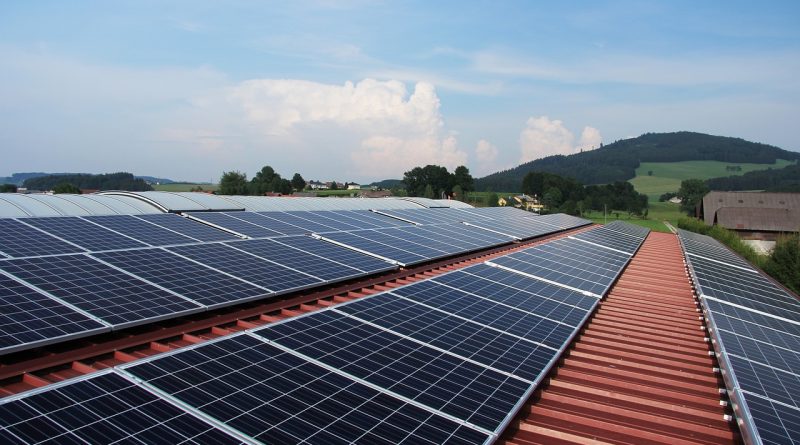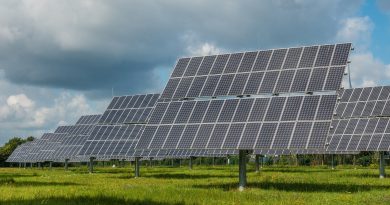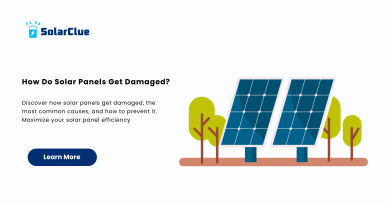Solar On-Grid System Components: Essential Elements Explained
Solar energy has become increasingly popular as a clean and sustainable source of power. One of the most widely used solar energy systems is the on-grid system, which allows users to generate electricity and supply it to the national grid. This innovative system comprises several essential components that work together seamlessly to harness solar power efficiently. In this blog, we will explore the key components of a solar on-grid system, outlining their functions and importance.
Components of On-Grid Solar System
1. Solar Panels
At the heart of any solar on-grid system are the solar panels. These devices are responsible for converting sunlight into direct current (DC) electricity through the photovoltaic effect. Solar panels typically consist of multiple individual solar cells made from silicon. These cells absorb sunlight and generate an electric current. The more solar panels connected, the larger the amount of electricity generated. Proper installation, positioning, and maintenance of solar panels are crucial to optimize power production.
2. Inverters
Inverters play a significant role in a solar on-grid system by converting the DC electricity generated by solar panels into alternating current (AC) electricity. AC electricity is the standard form of power used in our homes and businesses. Inverters ensure that the electricity generated is compatible with the grid, allowing excess energy to be sent back to the power company. The quality and efficiency of inverters directly impact the overall performance of the solar on-grid system.
3. Mounting Structure
The mounting structure provides the necessary support for solar panels, keeping them securely in place. As solar panels are typically installed on rooftops or open ground areas, the mounting structure must be durable and robust to withstand various weather conditions. Additionally, the mounting structure should be designed to optimize the angle and positioning of solar panels, ensuring maximum exposure to sunlight throughout the day.
4. Metering System
The metering system is an essential component of a solar on-grid system, as it measures the electricity produced and fed into the grid. This helps with monitoring and ensuring accurate billing for the power generated. Two types of meters are commonly used in on-grid systems: the import meter and the export meter. The import meter measures the electricity consumed from the grid, while the export meter measures the excess electricity supplied back to the grid.
5. Monitoring System
A monitoring system allows users to track and analyze the performance of their solar on-grid system in real-time. This system provides vital information such as power output, energy consumption, and system health. With the help of a monitoring system, users can identify any issues or inefficiencies promptly, allowing for efficient maintenance and optimizations to ensure optimal solar energy production.
6. Protection Devices
To ensure the safety and longevity of a solar on-grid system, various protection devices are essential. Surge protectors, circuit breakers, and fuses are installed to safeguard the system from electrical surges, overloads, and short circuits. These devices help protect both the solar panels and the grid from potential damage due to electrical faults, ensuring smooth and trouble-free operation.
Conclusion
Step into a sustainable energy future with SolarClue®’s on-grid solar systems, offering numerous benefits, including reduced electricity bills and a clean, renewable energy source. Understanding and investing in the right components are crucial for effective harnessing of solar power. Key components, such as solar panels, inverters, mounting structures, metering systems, monitoring systems, and protection devices, form the backbone of a successful on-grid system. With SolarClue®’s expertise, carefully selecting and integrating these components ensures users enjoy a sustainable and reliable energy source, making a meaningful contribution to a greener future. Take the first step towards solar efficiency with SolarClue®.
Frequently Asked Questions
The main components include solar panels, inverters, mounting structures, a solar meter, and grid connection equipment.
Solar panels capture sunlight and convert it into DC (direct current) electricity.
An inverter converts DC electricity from solar panels into AC (alternating current) electricity, suitable for use in homes and compatible with the grid.
Mounting structures provide support for solar panels, securing them in place on rooftops or open areas for optimal sunlight exposure.
A solar meter measures the electricity generated by the solar panels and the amount of excess energy fed back into the grid.
Grid connection equipment, including circuit breakers and safety features, ensures a secure connection between the on-grid system and the utility grid.
Yes, combiner boxes consolidate the DC outputs from multiple solar panels, streamlining the wiring and enhancing system safety.
Generally, on-grid systems do not require batteries. They rely on the grid for power storage and distribution.
Power meters measure the electricity consumed from the grid and provide data for billing purposes.
Yes, monitoring systems allow users to track the performance of their on-grid system, monitor energy production, and identify potential issues for timely maintenance.



